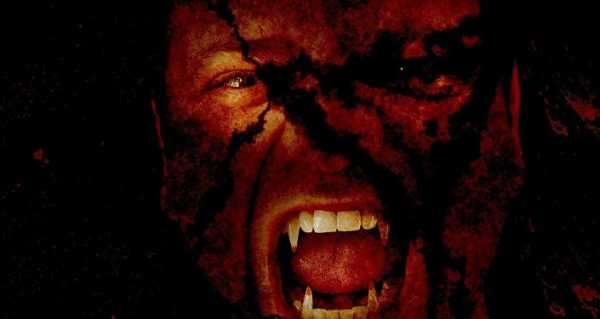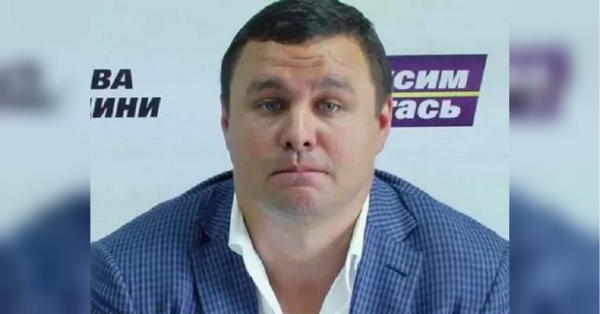
Conflict has erupted among researchers over the alleged discovery of a female human skeleton who was, according to an archaeologist, buried as a vampire.
Researchers have disputed claims made by archeologists that a human female was subject to a “vampire burial”, causing widespread discourse over the true nature of her death, according to media reports.
Researchers made the discovery at a mass grave of 16th-century plague victims on the Venetian island of Nuovo Lazzaretto.
According to forensic anthropologist Matteo Borrini of the University of Florence, the recovery may be the first vampire burial known in archeology.
The remains of a woman show that she had a brick shoved in her mouth, while Borrini suggested that her corpse was apparently wrapped in a shroud, indicated by the position of her collarbone.
Simona Minozzi at the University of Pisa in Italy, however, spoke to LiveScience saying that she finds it “surprising that the reviewers of an important journal such as the Journal of Forensic Sciences had given permission to publish the article of Nuzzolese and Borrini with inadequate scientific evidence to support their hypothesis”.
Minozzi offers that photos show the body surrounded by bricks and tiles, meaning the brick was not necessarily used in an exorcism.
The researcher also explained that the jaws of corpses very often fall open, and items routinely fall in, referencing a skeleton with a thigh bone in its mouth discovered in the Venetian cemetery of Vecchio Lazzaretto.
Minozzi described the vampire theory as “nonsense”, and said that there was no evidence of shroud in place on the body.
Borrini, in a May 2012 issue of the Journal of Forensic Sciences, responded to criticism by suggesting that the physical details of the burial site support his vampiric explanation.
Vampire superstitions were common during plague-afflicted periods in Europe, and many of the myths boiled down to misconceptions over natural stages of decomposition.
A newly-deceased corpse can sometimes give the appearance of life as a corpse’s skin can retract. Also, hair and nails may seem to grow after death.
Corpses sometimes look as if they have chewed through their shrouds due to corrosive fluids released during the decaying process.
While many researchers have disputed the suggestion of vampires, debate over the historical find remains widespread.
Sourse: sputniknews.com






